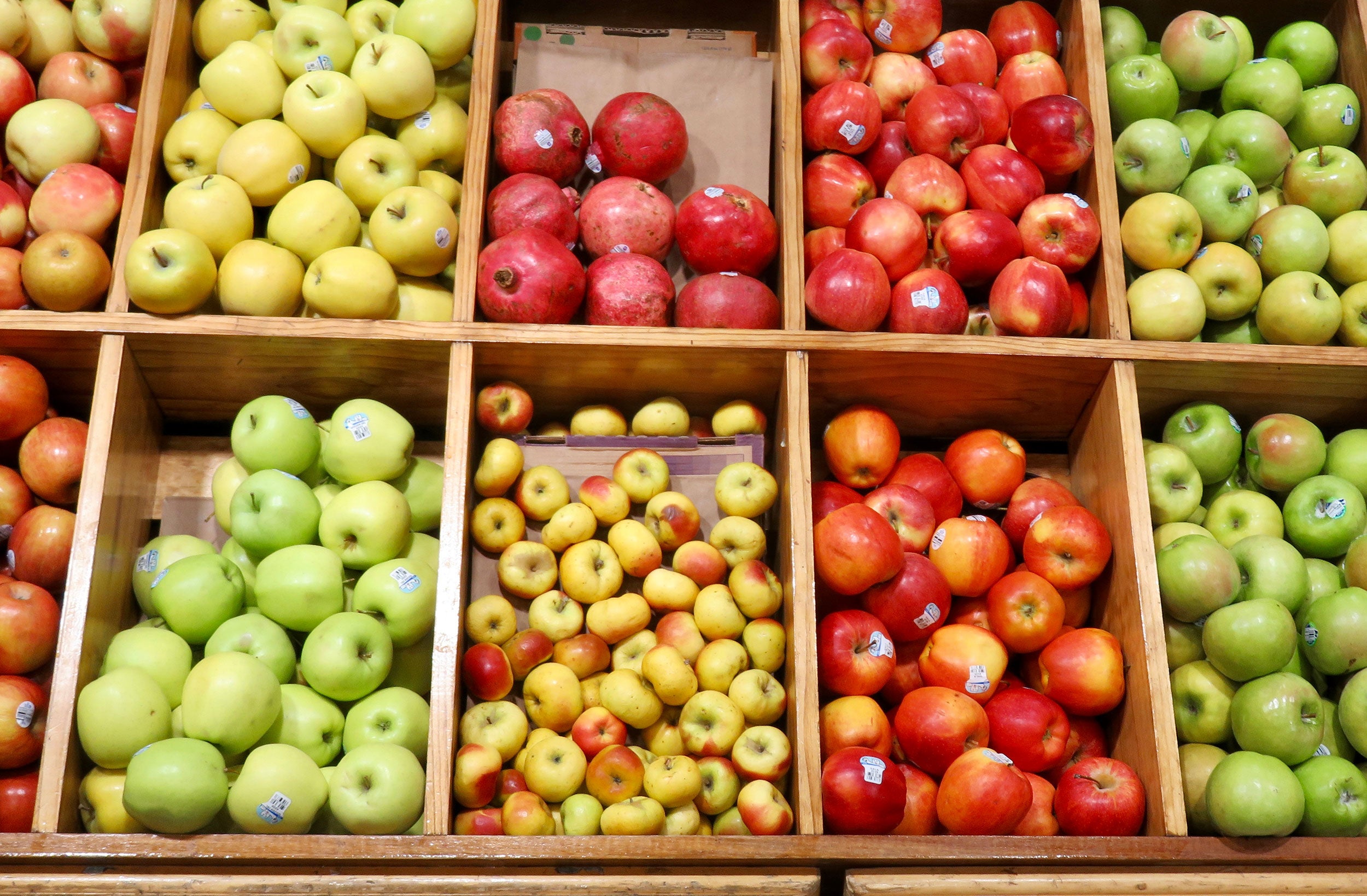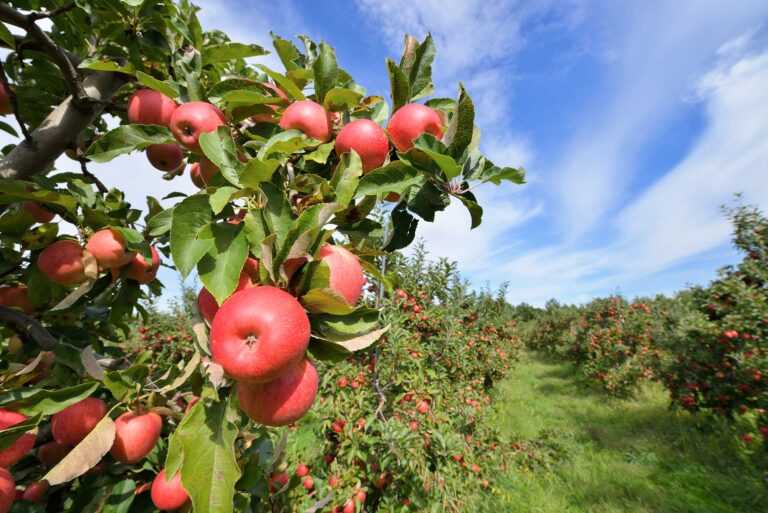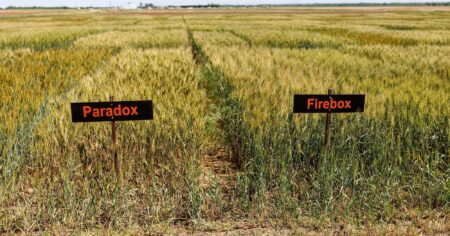An in-depth comparison and analysis of the genomes of apple species is giving Penn State biologists better methods for identifying genes associated with desirable traits, like tastiness and resistance to disease and cold, that could help guide future apple breeding programs.
The researchers set out to understand how apple genomes have evolved over the past nearly 60 million years, and their paper published in the journal Nature Genetics points to the structural variations they identified.
“There are roughly 35 species in the genus Malus, but despite the importance of apple as a fruit crop, there hasn’t been extensive study of how this group’s genomes have evolved,” said Hong Ma, Huck Chair in Plant Reproductive Development and Evolution and professor of biology in the Eberly College of Science at Penn State and an author of the paper. “In this study, we were able to do a deep dive into the genomes of Malus, establish an apple family tree, document events like whole-genome duplications and hybridizations between species, and find regions of the genome associated with specific traits, like resistance to apple scab disease.”
The team newly sequenced and assembled the genomes of 30 members of the genus, including the domesticated golden delicious apple variety. Of the 30 species, 20 are diploid, meaning that they have two copies of each chromosome, like humans, and 10 are polyploid, having three or four copies of each chromosome, likely due to a relatively recent hybridizations of diploid and other relatives in Malus. By comparing the sequence of nearly 1,000 genes from each species, the researchers built a family tree of the genus and then used biogeographical analysis to trace its origin to about 56 million years ago in Asia.
“The evolutionary history of the genus is quite complex, with numerous examples of hybridization between species and a shared whole-genome duplication event that make comparisons difficult,” Ma said. “Having high-quality genomes for such a large number of the species in the genus and understanding the relationships among them allowed us to dig deeper into how the genus has evolved.”

To further analyze the history and evolution of the Malus genomes, the team examined the 30 sequenced genomes in an analytical approach called pan-genomics. This approach involved comprehensive comparison for both shared, or conserved, genes and other sequences, such as transposons — sometimes called jumping genes for their ability to move in the genome — across the 30 genomes, as well as genes that are only present in subsets of the genomes. Pan-genomic analyses combine the genomic information from a closely related group to understand evolutionary conservation and divergences and were greatly facilitated by the pan-genome graph tool.
“The use of the pan-genome of 30 species was powerful for detecting structural variation, as well as gene duplications and rearrangements, among the species that might be missed by comparisons of only a few genomes,” Ma said. “In this case, one of the uncovered structural variants allowed us to pinpoint the genome segment associated with resistance to apple scab, a fungal disease that impacts apples worldwide.”
The team also developed a pan-genome analysis tool to help find evidence of selective sweeps, a process where a beneficial trait rapidly increases in frequency in a population. Using this method, they identified a genome region responsible for cold and disease resistance in wild Malus species that also may be related to unpleasant taste in fruit.
“It’s possible that in the efforts to produce the best tasting fruit, there was an inadvertent reduction of the hardiness of domesticated apples,” Ma said. “Understanding the structural variations in the Malus genomes, the relationships among the species and their history of hybridization using pan-genome analysis could help guide future breeding efforts so that the beneficial traits for good taste and disease-resistant can both be retained in apples.”


:max_bytes(150000):strip_icc()/2308-01-097_pigs-b0529b97e3e943d392b7014aee9eb4f5.jpg)

:max_bytes(150000):strip_icc()/DC-5ec71dd349104ec287b318f05ebf5f74.jpg)



:max_bytes(150000):strip_icc()/SFCE_Sp25_WortheyFarmersMarket_preview1-9c3c0b2c5e9444249fa60594b7f30fec.jpg)
:max_bytes(150000):strip_icc()/TaylorsFireworkssign-c3dd3eb41cc646c593dbebfee850bdc0.jpg)

:max_bytes(150000):strip_icc()/diseaseplaybookcorntarspot-fb7ff9d7c32e4e63b3e5e97dbe406eeb.jpg)